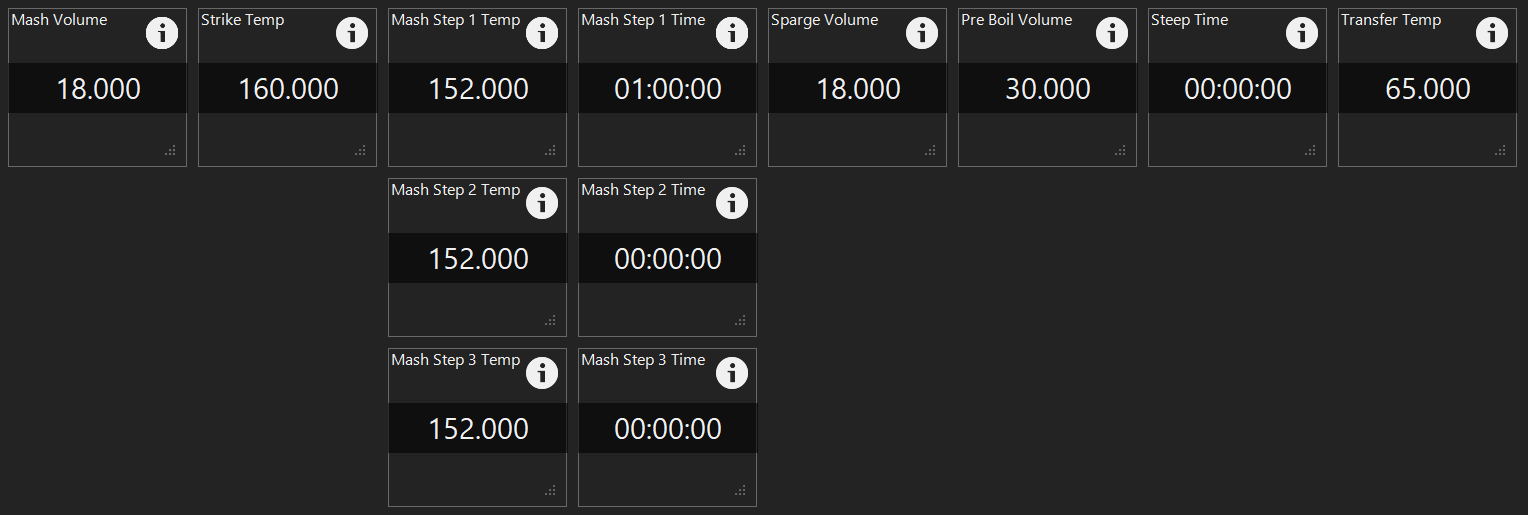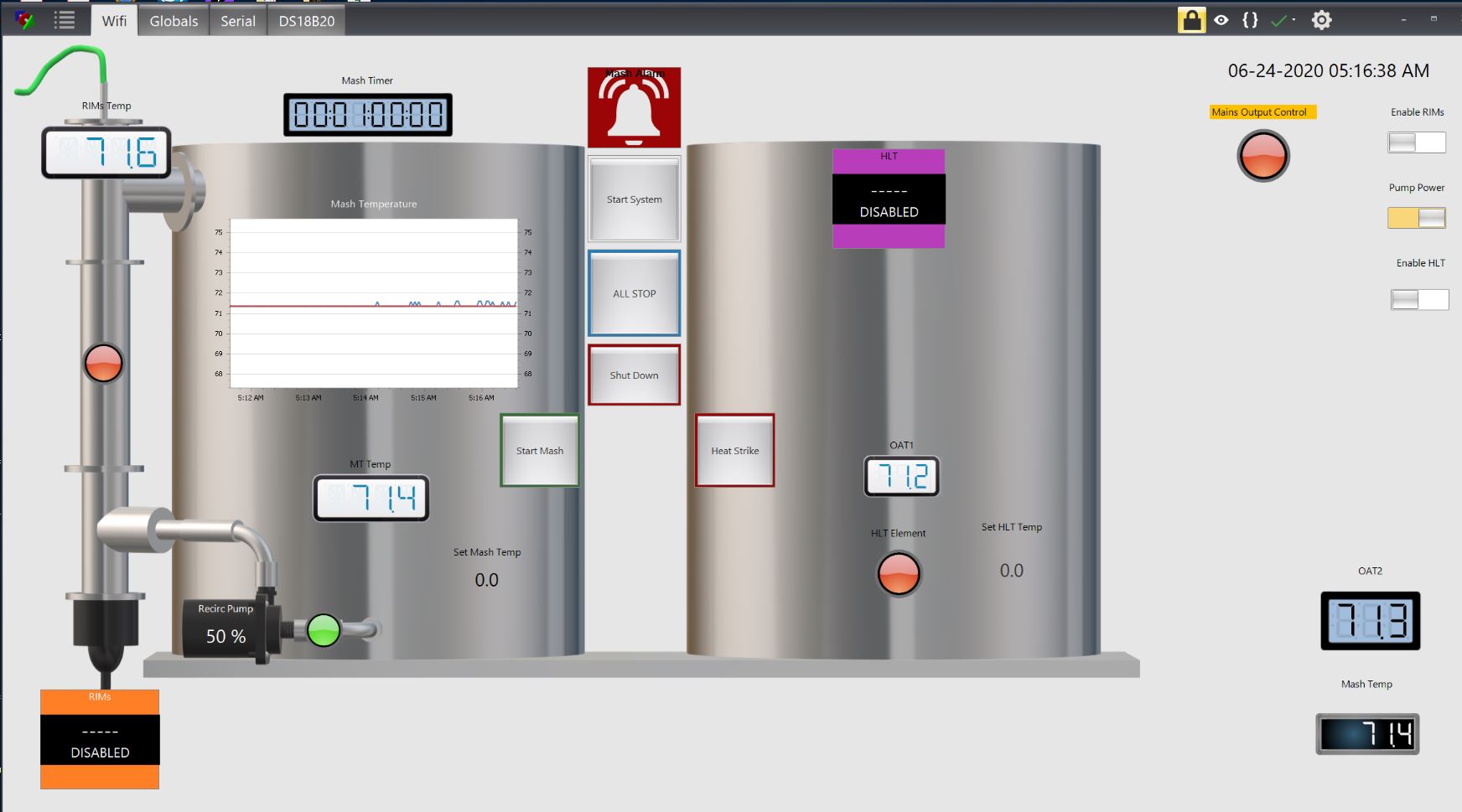I’ll stand as above that resolution without accuracy is a meatless sandwich, but who am I to tell you what to eat? If you want resolution, I can cut you a custom FW with higher 1-wire resolution. We honestly picked 11-but as a good empiric value and never exhaustively tested higher. So perhaps you’ll test and report back?
I agree that I’ve seen RTD values that didn’t jive out of the box. I wrote it off because the RTD was probably junk. Real Pt100’s need platinum (hence the Pt, right?) and last I checked Pt wasn’t cheap, so I have to believe a $15 RTD never found itself in the company of any platinum. The wires, terminations, connectors in between also play a role as these add variability in the net resistance, even in 3 or 4 wire configurations.
I agree that I’ve seen RTD values that didn’t jive out of the box. I wrote it off because the RTD was probably junk. Real Pt100’s need platinum (hence the Pt, right?) and last I checked Pt wasn’t cheap, so I have to believe a $15 RTD never found itself in the company of any platinum. The wires, terminations, connectors in between also play a role as these add variability in the net resistance, even in 3 or 4 wire configurations.



![Craft A Brew - Safale S-04 Dry Yeast - Fermentis - English Ale Dry Yeast - For English and American Ales and Hard Apple Ciders - Ingredients for Home Brewing - Beer Making Supplies - [1 Pack]](https://m.media-amazon.com/images/I/41fVGNh6JfL._SL500_.jpg)


























































